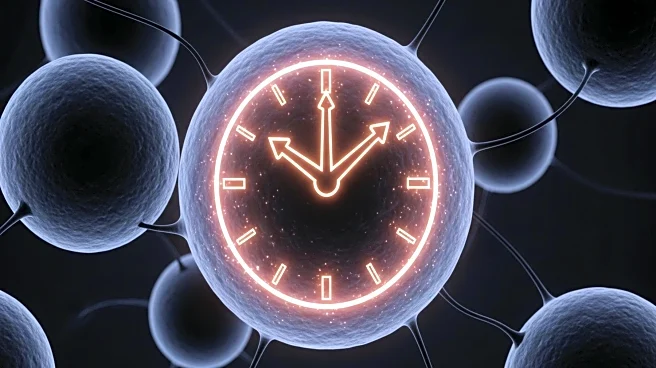What's Happening?
Recent research has revealed that light exposure does not phase shift the circadian clock of subcutaneous adipose tissue in vitro. The study involved PER2::LUC mice, whose adipose tissue was subjected to light and dark conditions. Despite previous assumptions, the study found no significant phase shift in the circadian rhythm of the adipose tissue when exposed to light. The research utilized bioluminescence assays to measure circadian phase and found that light exposure did not alter the rhythm compared to dark conditions. This finding challenges the understanding of how light influences circadian rhythms in different tissues.
Why It's Important?
Circadian rhythms play a crucial role in regulating various physiological processes, including metabolism and energy balance. Understanding how different tissues respond to light can inform treatments for metabolic disorders and obesity. The study's findings suggest that adipose tissue may have unique circadian properties, which could impact how light-based therapies are developed for metabolic health. This research contributes to the broader understanding of circadian biology and its implications for health and disease management.
What's Next?
Further research is needed to explore the mechanisms behind the circadian regulation of adipose tissue and its response to environmental cues. Studies may focus on identifying specific genes or pathways involved in maintaining circadian rhythms in adipose tissue. This could lead to new therapeutic strategies for metabolic disorders that consider the unique circadian properties of adipose tissue.











